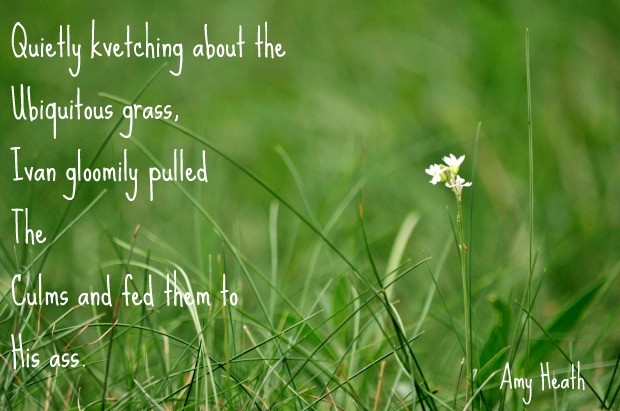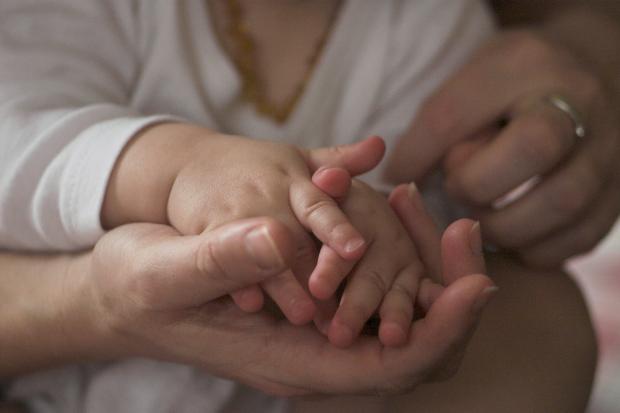
“What time is it on the clock of the world?” ~Grace Lee Boggs
I am cleaning out a closet to make more space for kids’ art supplies when I come across a length of thick rope tied at intervals with colorful string.
I recognize it instantly.
Each time I taught the final session of Peace Grows workshops, we talked about how the practice of nonviolence applies on the global scale — between ethnic groups, religions, entire countries. We reviewed the many little-known ways nonviolence has impacted, even turned around national and international problems. No matter how eager participants might have been in earlier sessions as we learned about applying active nonviolence principles in our personal lives, people said they felt hopeless when it came to national and worldwide issues. That’s when I got out this rope.
I would ask for two volunteers to stand on either side of the room, each holding one end of the rope. One side represented the emergence of the first modern humans in Africa, sometime between 280,000 to 200,000 BCE. That end of the rope had nothing tied to it until around 62,000 BCE when bow and arrow were first used. By 18,000 the beginning of clay pottery was noted. Around 10,000 BCE the Neolithic revolution began, when some hunter-gatherers took up agriculture, although it wasn’t until 4,500 BCE that people begin to use the plow. At 4,000 BCE the wheel was invented. Writing was developed around 2,600 BCE. The strings got closer and closer together, entering A.D. centuries, and ever more thickly marked by discovery, scientific progress, and war. Lots of war. The farthest end, less than a hair’s width from the invention of the printing press, represented our current era. (The exact years marked on the rope may not be current with what we now know, but the distance between these advances is likely similar.)
Of course, if we look at earth’s entire timeline, the presence of modern humans is far punier.
Dinosaurs ruled the world for 165 million years. Homo sapiens showed up 200 to 300 thousand years ago. We humans are truly, in Earth time, a newly arrived species. As Tim Urban shows, over at Wait But Why, recorded history itself is a tiny blip of our time here.


By any measure, we are still engaged in the ongoing experiment of living differently than our hunter-gatherer roots. The hunter-gatherer era made up between 90 to 99 percent of our species’ time on earth and continues among some groups today. This way of life was and is much more interdependent, typically shaped as gift economies, and centered around craft, ritual, story, and arts with intimate knowledge of the land and its beings
We lived in small bands of nomadic people until the advent of agriculture, when communities grew to hundreds or thousands of people. Only then did our relationship to place and possessions change to one of ownership, gradually cleaving people into haves and have-nots. Not coincidentally, before this massive change there’s no convincing archeological evidence that we engaged in war.
About five thousand years ago we humans developed written language, currencies, and empires.
Around four to five hundred years ago we began more forcefully shaping our lives thanks to the printing press, industry, and the passionate pursuit of science. Modern capitalism emerged in the early nineteenth century, commodifying time in ways unknown until then.
We are now in the Anthropocene, when human activities are having a massively detrimental impact on Earth’s ecosystems and climate.
Yet biologically and emotionally, we are still hunter-gatherers. We evolved to be a compassionate and collaborative species. We are still learning how to live in populous cities rather than nomadic tribes of around 60 people. Our technological advancements and our weapons have developed more quickly than our ethics around their use. We have yet to grasp just how dangerous rigid economic and political systems can be, particularly when war, crisis, and division benefit the powerful.
The rope timeline I used in nonviolence workshops put our place here in a larger planetary frame of reference. Even from that distance, it seems both astonishing that we’re here at all and obvious we need to get some perspective, but it’s hard to put this into words, especially standing in front of a class. So I read a poem instead, this one by Denise Levertov.
BEGINNERS
Dedicated to the memory of Karen Silkwood and Eliot Gralla
“From too much love of living,
Hope and desire set free,
Even the weariest river
Winds somewhere to the sea—“
But we have only begun
To love the earth.
We have only begun
To imagine the fullness of life.
How could we tire of hope?
— so much is in bud.
How can desire fail?
— we have only begun
to imagine justice and mercy,
only begun to envision
how it might be
to live as siblings with beast and flower,
not as oppressors.
Surely our river
cannot already be hastening
into the sea of nonbeing?
Surely it cannot
drag, in the silt,
all that is innocent?
Not yet, not yet—
there is too much broken
that must be mended,
too much hurt we have done to each other
that cannot yet be forgiven.
We have only begun to know
the power that is in us if we would join
our solitudes in the communion of struggle.
So much is unfolding that must
complete its gesture,
so much is in bud.~ Denise Levertov




















